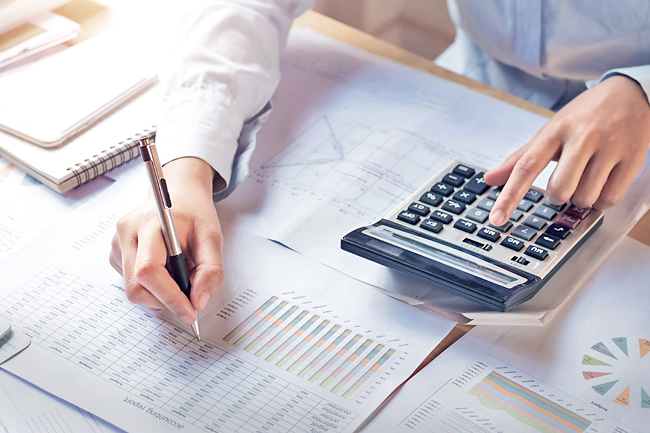Azlan Othman
Southeast Asia’s (SEA) USD290 billion Islamic banking market is poised to grow at a compound annual growth rate of about eight per cent over the next three years, led by Malaysia, Indonesia and Brunei Darussalam.
Brunei Darussalam accounts for four per cent of Southeast Asia’s Islamic banking assets, the third highest in SEA, according to the rating agency, S&P Global Ratings in its recent report titled Growing Belief In Southeast Asia’s USD290 Billion Islamic Banking Market.
The rating agency said Islamic financial institutions in the Sultanate constitute about half of the total financial system assets in the hydrocarbon-dominated economy of the country.
They expect the performance of these institutions to mirror that of the broader banking system and anticipate overall bank credit growth at three to five per cent in the next 12 to 18 months.
The bulk of the expansion is likely to come from wholesale customers as the government looks to boost the economy and support local firms through contracts from government-linked companies, foreign direct investment projects, the oil and gas sector, and infrastructure development. Retail activity could remain constrained by regulations on the total debt service ratio and the saturated market.

The report added that Malaysia accounts for 81 per cent of Southeast Asia’s Islamic banking assets, followed by Indonesia at 15 per cent. Malaysia is on track to continue leading the growth of Islamic banking in Southeast Asia, it said.
South and Southeast Asia associate director Nikita Anand said the Islamic banking growth in Southeast Asia is projected to grow at a compound annual rate of eight per cent over the next three years.
As for risks, Nikita said the industry remains hinged on the recovery from COVID-19, struggling households mainly from among the low-income group, and also the small and medium enterprises (SMEs).
“Additionally, geo-political tensions and the Ukraine conflict have pushed up energy and commodities prices.”
S&P Global Ratings said Southeast Asia is the world’s third largest Islamic banking market, forming 17 per cent of the USD1.7 trillion in global Islamic banking assets.
Anand also said in the major markets of Malaysia and Indonesia, Islamic banks will grow faster than conventional banks, riding on robust demand.
S&P Global said in Malaysia, local Islamic banks could account for about 45 per cent of the overall commercial banking loan book by the end of 2026. In Indonesia, the sector’s market share could improve to about 10 per cent by the end of 2026.






